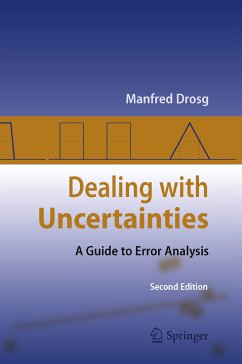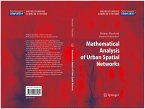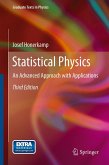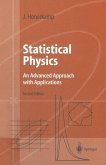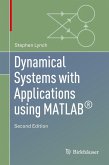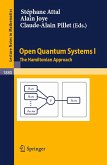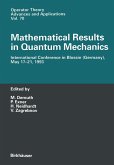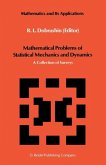Dieser Download kann aus rechtlichen Gründen nur mit Rechnungsadresse in A, B, BG, CY, CZ, D, DK, EW, E, FIN, F, GR, HR, H, IRL, I, LT, L, LR, M, NL, PL, P, R, S, SLO, SK ausgeliefert werden.
"Drosg ... emphasizes that uncertainties should not always be viewed as indication of errors but, rather, be embraced by the fact that they will always exist in science and therefore are required to be addressed like any other numbers or data utilized in the study of applied mathematics or science. Drosg has vast experience in nuclear physics and electronics, as is evident from the numerous examples in his book. ... Summing Up: Recommended. Faculty; researchers; professionals." (J. T. Zerger, CHOICE, Vol. 44 (11), July, 2007)
From the reviews of the second edition:
"Graduate and undergraduate students and researchers of technical and physical sciences. This book works hard to make a distinction between 'errors' and 'uncertainties'. In most cases, the term uncertainty is indeed more appropriate and informative, but the word error has been used widely in many areas ... . The connections with statistics and probability are easy to follow and the book includes many useful exercises and their answers." (Kimmo Vehkalahti, International Statistical Review, Vol. 78 (1), 2010)

